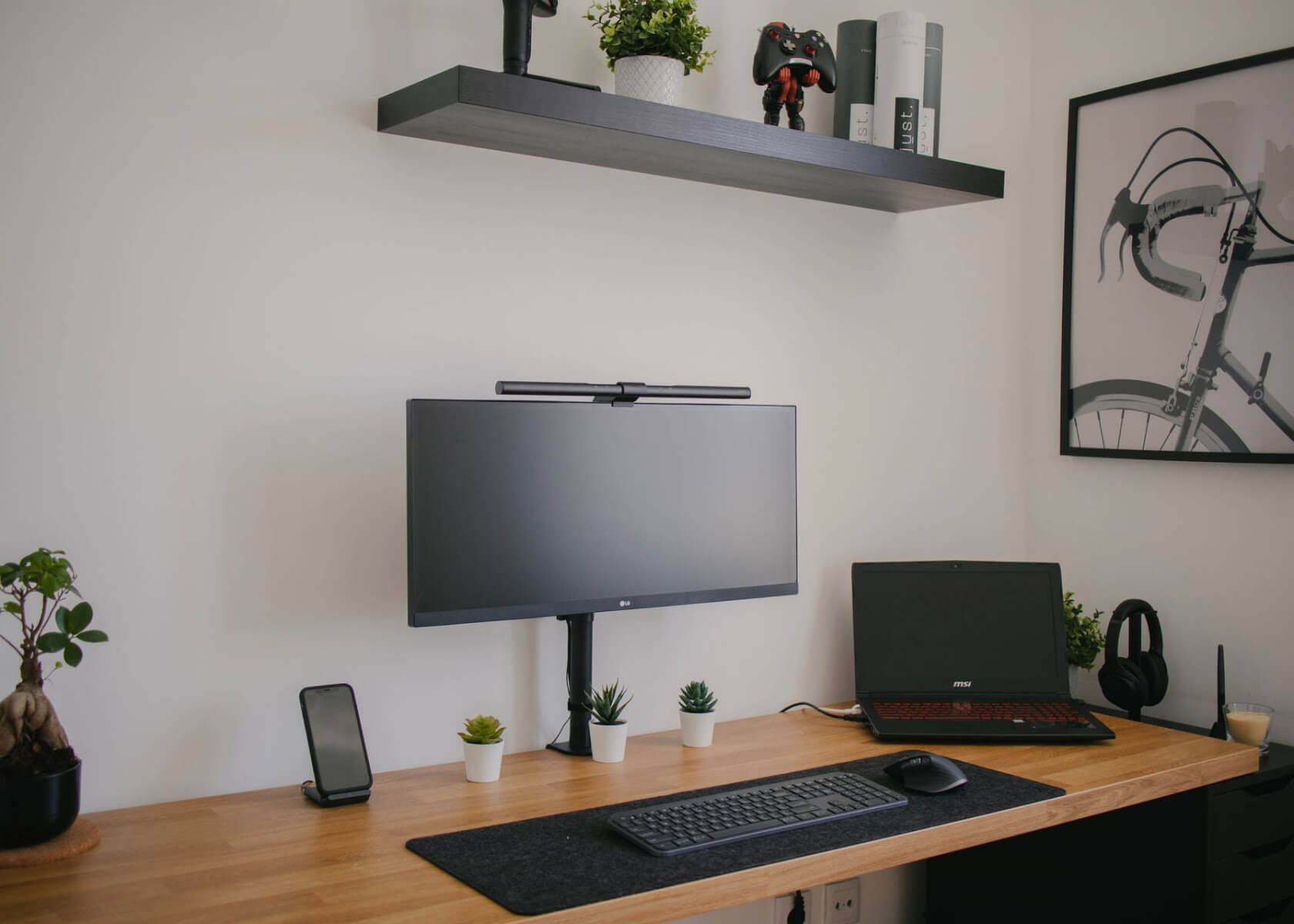Efficiently Engage with Collaborative Notion Comments: Expert Tips and Strategies

New to Notion?
How to Manage and Interact with Comments within the Collaborative Environment of Notion
Notion is a powerful all-in-one Workspace that allows teams to collaborate and work on projects seamlessly. One of the key features that enhances collaboration in Notion is the ability to leave and interact with comments. Comments enable team members to provide feedback, ask questions, and engage in discussions—all within the context of a specific task or project. In this article, we explore how to effectively manage and interact with comments in Notion using its current features and best practices.
Commenting in Notion
Comments in Notion capture thoughts, suggestions, feedback, or any discussions related to a specific page, task, or element. Here’s how to leave a comment:
- Navigate to the page or element where you want to add a comment.
- Select the text, image, or element you wish to comment on.
- Right-click and choose Add comment from the context menu.
- Alternatively, hover over the element and click the comment icon that appears.
Once you add a comment, team members can join the conversation directly in the comment thread. Notion’s integration supports both desktop and mobile devices, ensuring smooth collaboration wherever you are.
Managing Comments in Notion
Notion offers several features to help you manage comments and stay organized. These tools enable you to track conversations, resolve issues, and maintain focus. Below are some essential tasks for managing comments:
1. Resolving and Archiving Comments
As discussions evolve and comments become less relevant, keeping your workspace tidy is crucial. Notion lets you resolve or archive comments:
- Resolving Comments:
- Open the comment thread by clicking the comment icon.
- Hover over the comment and click the checkmark icon.
- The comment is marked as resolved and moved to a separate Resolved section, making it easier to focus on active discussions.
- Archiving Comments:
- Open the comment thread.
- Hover over the comment and click the three-dot menu icon.
- Select Archive to remove the comment from your primary view.
2. Mentioning Team Members
To draw attention to specific discussions or request input, mention team members by typing @ followed by their name or username. A list will appear—select the appropriate team member, and they will be notified immediately, regardless of whether you are using a desktop or mobile device.
3. Notifications and Subscriptions
Notion helps you stay in the loop by sending notifications when comments are added or interacted with. By default, you receive notifications for comments you create. You also have the option to subscribe to comment threads on specific pages or elements:
- Click the comment icon to open the thread.
- In the upper-right corner, click the bell icon to toggle notifications on or off.
This ensures that you won’t miss crucial updates during fast-paced projects. Recent updates even allow integration with external calendars and email notifications for enhanced tracking.
4. Using Comment Templates
For recurring messages or common feedback, Notion now supports comment templates to streamline your workflow:
- Open a new comment window.
- Type out your comment as usual.
- Click the three-dot menu icon in the comment window.
- Select Save as template.
Whenever you need to reuse the template, simply choose it from the template menu in the comment window. This feature helps maintain consistency in communication and saves time when providing regular updates.
Tips for Efficient Commenting in Notion
To maximize collaboration and ensure clear communication, consider the following tips:
- Be concise: Keep comments short and directly related to the task or element to avoid ambiguity.
- Use mentions thoughtfully: Employ
@mentions only when necessary to reduce notification overload. - Leverage templates: Use comment templates to standardize responses and speed up repetitive tasks.
- Organize your comments: Regularly use the Resolved and Archived sections to keep your workspace decluttered.
- Stay updated: Check your notifications frequently and adjust your notification settings as needed to remain informed about ongoing discussions.
By following these best practices, you can streamline communication and foster a more collaborative and focused work environment in Notion.
In conclusion, comments are a vital part of enhancing collaboration within Notion. They empower teams to deliver feedback, resolve issues, and work together on project goals. With the updated features and best practices outlined above, managing and interacting with comments in Notion becomes an efficient process that helps keep your team aligned and your projects moving forward.


